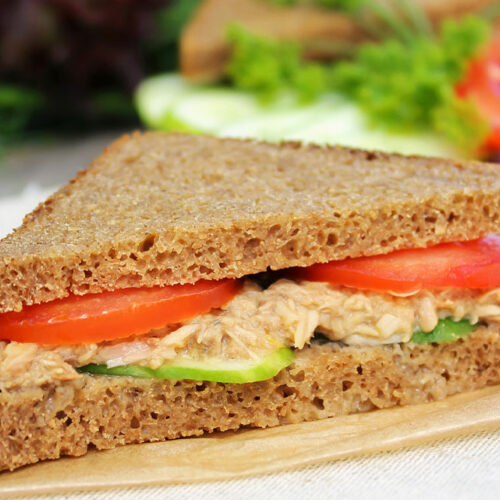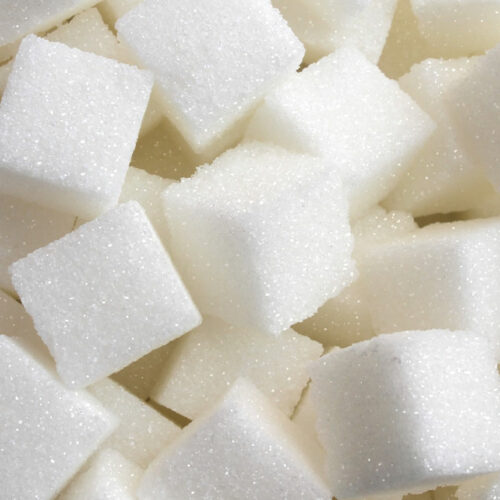7 nutritious snacks that kids will enjoy

Feeling hungry frequently is normal for kids since they are growing. However, eating processed foods with added sugars and refined flour is unhealthy and expensive. Besides, you need to ensure that your child receives adequate energy and nutrition to support their physical and mental development. Snack time is one opportunity where you can slip additional nutrients into your child’s meal regime. Here are seven healthy kid snacks you can make without any hassles: Rainbow fruit skewers It is not unknown how vital fruits are for our daily nutrition intake. They are a rich source of essential vitamins and minerals and should be eaten in plenty. If you wish to get your child to develop a habit of eating fruits, these rainbow skewers can be a fun way to do that. They are so colorful and tasty that even your child would like to help you in the preparation. Get a couple of wooden skewers and stuff each of them with fruits. You can use raspberries, strawberries, segments of tangerine, cubes of peeled mangoes, and pieces of peeled pineapples. You can also add peeled kiwi chunks, red or green grapes, and blueberries. After that, arrange them in such a way that they appear vibrant like a rainbow.






